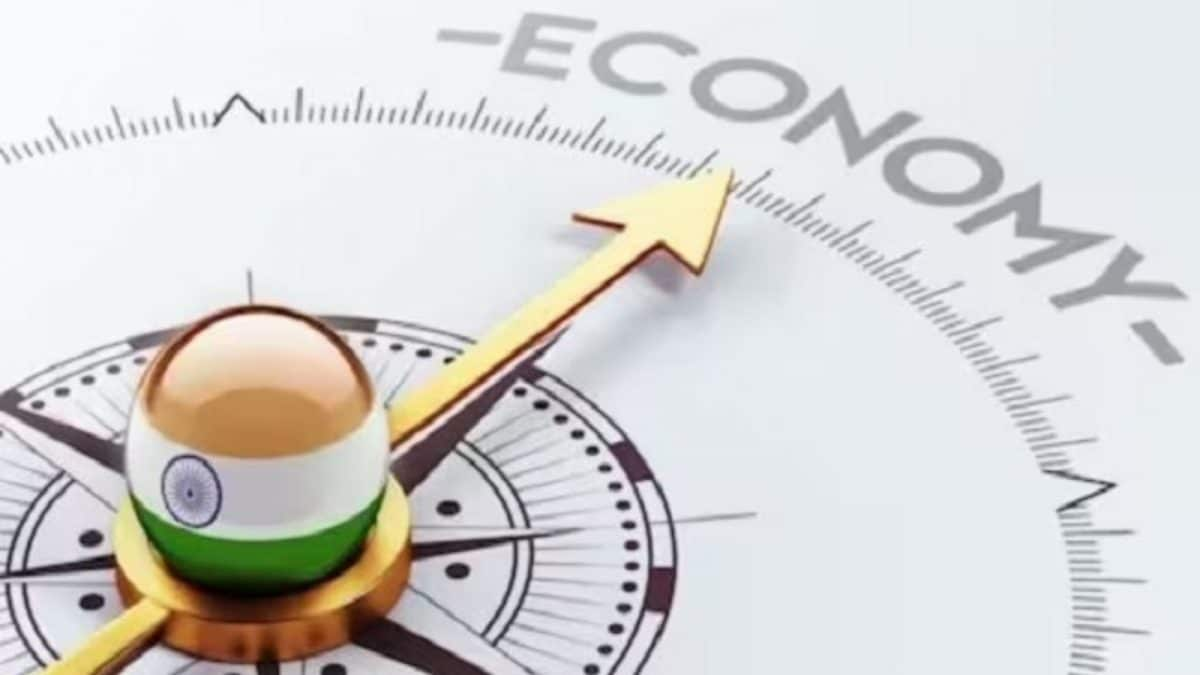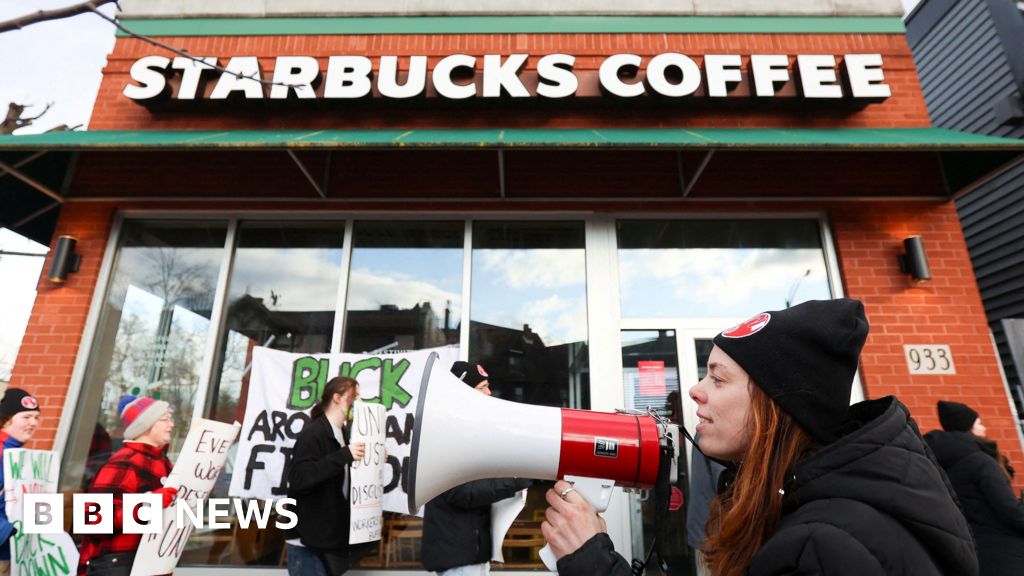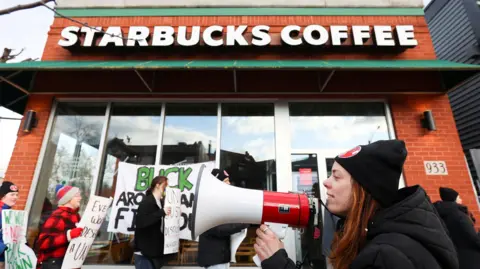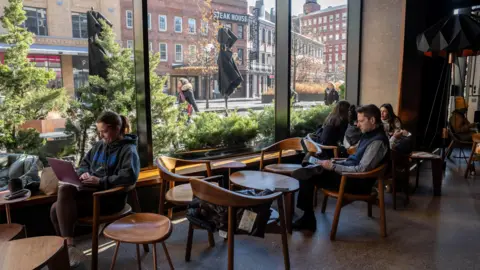Business
SC Upholds JSW Steel’s Resolution Plan For Bhushan Power & Steel

Last Updated:

News18
In a major decision, the Supreme Court on September 26 upheld JSW Steel’s resolution plan for Bhushan Power & Steel. The judgment is a major relief for JSW Steel. An SC bench, comprising Chief Justice B R Gavai, Justices S C Sharma and K Vinod Chandran, has rejected the objections raised by former promoters and certain creditors of Bhushan Power & Steel Ltd.
The Supreme Court on May 26, 2025, had ordered a status quo on the liquidation of Bhushan Power & Steel Ltd (BPSL), halting all further proceedings in the National Company Law Tribunal (NCLT). This case, involving JSW Steel, one of India’s leading steelmakers, has been under the spotlight due to its size, legal complexity, and implications for the Insolvency and Bankruptcy Code (IBC).
(This is breaking. Details will be added shortly)
September 26, 2025, 11:03 IST
Read More
Business
GST Reforms, Demand Revival To Push FY26 GDP Growth To 7.4%, Says NIPFP

Last Updated:
The NIPFP’s outlook positions India as one of the fastest-growing major economies in FY26, even amid global uncertainties.
The NIPFP projected retail inflation at 1.6 per cent in the current financial year, citing easing food inflation.
The Indian economy is likely to expand by 7.4 per cent in FY26, driven by the positive impact of goods and services tax (GST) rate rationalisation, a revival in domestic demand, and strong performance in the US economy, according to the National Institute of Public Finance and Policy (NIPFP) in its latest mid-year economic review released on Tuesday.
The projection marks a significant upgrade from NIPFP’s April estimate of 6.6 per cent growth, and also surpasses the Reserve Bank of India’s (RBI) latest forecast of 6.8 per cent.
“Largely on the back of robust public sector investment, revival in domestic consumption demand in both rural and urban areas, goods and services tax (GST) rate rationalisation, and the external sector, especially the US performing to its potential, the economy is expected to clock this robust growth,” the review stated.
Alternate Growth Scenarios
The autonomous research institution, which functions under the finance ministry, presented two alternative scenarios based on the performance of the US economy.
If the US output stays 1 per cent above potential, India’s GDP could expand by 8.8 per cent in FY26. Conversely, if the US output remains 1 per cent below potential, India’s growth may slow to 6 per cent.
Inflation Outlook
The NIPFP projected retail inflation at 1.6 per cent in the current financial year, citing easing food inflation. However, it warned of rising core inflation, driven by higher prices of gold and silver, and persistently elevated edible oil inflation.
“Our inflation projection is quite lower than the 2.6 per cent estimated by the RBI. The inflation is expected to remain 1.1 per cent in Q3 and 0.8 per cent in Q4,” the review noted. It added that while buoyant domestic demand from GST rate restructuring poses an upside risk, moderating energy prices and Trump tariff-induced demand moderation could act as downside risks.
Trade Concerns and Diversification
On the external front, the NIPFP highlighted that most bilateral trade deals disproportionately benefit the United States, urging India to diversify its services exports to mitigate potential risks from widening US tariffs.
“Unlike some countries, India holds very little leverage in merchandise exports, which are concentrated in a few sectors. In the case of services, more than half of India’s exports are to the US, and they face real risk if the net of Trump tariffs widens. Hence, diversification is the key,” the review cautioned.
With strong fiscal support, GST-driven efficiency gains, and resilient domestic demand, the NIPFP’s outlook positions India as one of the fastest-growing major economies in FY26, even amid global uncertainties.

Haris is Deputy News Editor (Business) at news18.com. He writes on various issues related to personal finance, markets, economy and companies. Having over a decade of experience in financial journalism, Haris h…Read More
Haris is Deputy News Editor (Business) at news18.com. He writes on various issues related to personal finance, markets, economy and companies. Having over a decade of experience in financial journalism, Haris h… Read More
November 12, 2025, 08:26 IST
Read More
Business
Starbucks’ barista strike could undermine its turnaround plan

Danielle Kaye,Business reporter and
Natalie Sherman,Business reporter
 Reuters
ReutersStarbucks has been working hard to bring back customers, promising faster service and a return its coffeehouse roots, with ceramic mugs and hand-written notes.
But though sales show signs of perking up, the company is still wrestling with a years-long labour fight that threatens to hamper its turnaround.
Picket lines could greet customers collecting their morning latte at some US stores on Thursday, as the company faces another strike by unionised baristas, calling for better pay and increased staffing.
The walkout, expected to affect stores in at least 25 cities, is the third major strike to hit the company in the US since the union, Starbucks Workers United, launched four years ago.
Baristas and their union say the new turnaround policies, have only added to their workload.
“Every single day at this company, as of recently, has been very, very difficult to be a barista,” said Michelle Eisen, a spokesperson for the union, which says it represents workers at more than 600 stores in the US.
“You should not be evolving to the point of running your workers to the ground,” said Eisen, who worked as a barista for 15 years before leaving Starbucks this May.
Starbucks says it does not expect the strike to disrupt operations at the “vast majority” of its more than 10,000 company-operated stores in the US.
But the action, timed to coincide with Starbucks’ Red Cup day, a major holiday sales event, risks returning unwanted scrutiny to the company at a delicate moment.
 Getty Images
Getty ImagesIn recent years the brand has faced consumer boycotts, a wave of new competitors and a customer backlash over high prices, as well as turmoil in its leadership ranks.
The arrival last year of new chief executive Brian Niccol, a veteran of successful turnarounds at Chipotle and Taco Bell, raised hopes he could do the same for Starbucks. Investors sent the chain’s shares up 24%.
He quickly embarked on changes, part of what he called his “Back to Starbucks” strategy. He banned non-customers from bathrooms, enforced a stricter dress code for staff and re-introduced comfy seating that he said would help restore the chain’s appeal.
At the same time, Starbucks has outlined plans to invest more than $500m to improve coffeehouse staffing and training.
‘Building momentum’
Progress has been slow. Last month, Starbucks reported 1% growth in sales at global stores open at least one year – its first quarterly increase in almost two years. But in the US, sales were flat.
“We have more work to do, but we’re building momentum,” Mr Niccol said on a recent call with analysts.
But the new strategy has been accompanied by hundreds of store closures, thousands of layoffs and the sale of a 60% stake in its China business, and labour tensions have continued to fester.
Starbucks Workers United leaders say relations improved last year, but that contract discussions stalled when Mr Niccol – who was in charge of Chipotle when it faced complaints of labour rights violations – took the helm of the company last September.
Even after the two sides agreed to bring in a mediator in January, they remained at odds over pay, staffing and hundreds of unresolved charges of unfair labour practice.
 Getty Images
Getty ImagesA union spokesperson said Starbucks has offered no pay raises in the first year of a contract, then 2% in the years following, which he said fails to account for inflation and the cost of healthcare. Baristas overwhelmingly voted down the contract offer in April.
The company, on the other hand, blames the union for stalled talks. The union’s demands for pay increases would “significantly affect store operations and customer experience”, Sara Kelly, the company’s chief partner officer, said in a statement last week.
“When they’re ready to come back, we’re ready to talk,” Jaci Anderson, a spokesperson for Starbucks, said in a statement.
“Any agreement needs to reflect the reality that Starbucks already offers the best job in retail,” she added, pointing to low staff turnover rates, and pay and benefits, that the company says add up to an average hourly wage of $30.
Pressure on the brand
Unionised coffeeshops account for only about 5% of all Starbucks stores that are directly owned by the corporation in the US, but union organisers say they have added roughly 100 more stores over the last 12 months.
This continued stand-off could pose both an operational and a reputational risk for the firm, say analysts.
The brand had already shown signs of being under pressure, said Laurence Newell, managing director in the Americas for Brand Finance, a consultancy that tracks brand strength. Starbucks fell to 45th place in its 2025 annual ranking – its lowest level since 2016 – driven in part by a decline in its reputation among customers.
“Happy customers have to come from happy employees,” said Stephan Meier, a professor of business strategy at Columbia Business School. “You can’t do that top down.”
This week, more than 80 Democrats in the House and Senate sent letters to Mr Niccol, accusing Starbucks of “union-busting” and urging the company to bargain in good faith.
Joe Pine, management adviser and co-author of the “Experience Economy”, said Mr Niccol had a lot on his plate, but he was “surprised” that he had allowed the issue to remain unresolved.
“This would seem to be one of the first things you need to do: you need to have your people on board,” he said.
Business
A ‘Pushpak’ On Land? This Rail Network Will Let Trains Zoom 1,000 KM In Just 4 Hours, Connecting Multiple Countries

Trans-European Transport Network: Europe is gearing up for a transformative high-speed train network that could change the way people travel across the continent. According to the European Commission, the plan aims to connect multiple countries with trains capable of reaching speeds of 250 kilometres per hour. By 2040, passengers will be able to cover long distances in nearly half the time it takes today.
At present, a journey from Berlin to Copenhagen takes roughly seven hours. Under the new network, the same trip will take just four hours by 2030. Similarly, the Sofia to Athens route, which presently requires 14 hours, will be completed in six hours by 2035.
Direct high-speed links are also proposed between Paris and Lisbon via Madrid and Warsaw to Tallinn via Riga, making international travel faster and more convenient than ever before.
The plan marks a renaissance for European rail travel, creating a modern, efficient and eco-friendly transportation era. Travellers moving from Prague to Rome will be able to complete their trip in just 10 hours, while Stockholm to Copenhagen journeys will shrink to four hours.
This network is expected to strengthen tourism, commerce and cultural exchange across the continent.
The project forms a key part of the European Commission’s ambitious Trans-European Transport Network (TEN-T), which seeks to integrate railways, roads, ports and air transport into a unified infrastructure.
Environmental experts are confident that this shift from air and car travel to high-speed rail could drastically reduce carbon emissions. If passengers prefer trains for long-distance journeys, thousands of tons of greenhouse gases could be avoided annually.
Although cost details are still being finalised, officials promise that the network will provide a budget-friendly alternative to flights. Faster travel times combined with affordability mean that high-speed trains could become a preferred choice for business and leisure travellers.
Europe is set to witness a new era where cities feel closer, journeys become faster and rail travel reclaims its place as the lifeblood of continental mobility.
With trains that promise efficiency, sustainability and seamless connectivity, this high-speed revolution is poised to reshape the way Europe moves.
-

 Tech1 week ago
Tech1 week agoCISOs in court: Balancing cyber resilience and legal accountability | Computer Weekly
-

 Fashion1 week ago
Fashion1 week agoCoach reconnects with Bank & Vogue for upcycled bags using corduroy
-

 Fashion1 week ago
Fashion1 week agoGermany’s Adidas achieves highest-ever quarterly sales in Q3 2025
-

 Business1 week ago
Business1 week agoFirst new Amazon electric heavy goods vehicles hit UK roads
-

 Sports1 week ago
Sports1 week agoNFL broadcaster Cris Collinsworth makes government shutdown joke as Seahawks clobber Commanders
-

 Tech1 week ago
Tech1 week agoThe Security Interviews: Colin Mahony, CEO, Recorded Future | Computer Weekly
-

 Sports1 week ago
Sports1 week agoSources: QB Daniels dislocated elbow in loss
-

 Fashion7 days ago
Fashion7 days agoVietnam’s manufacturing growth hits 15-month high as PMI climbs to 54






